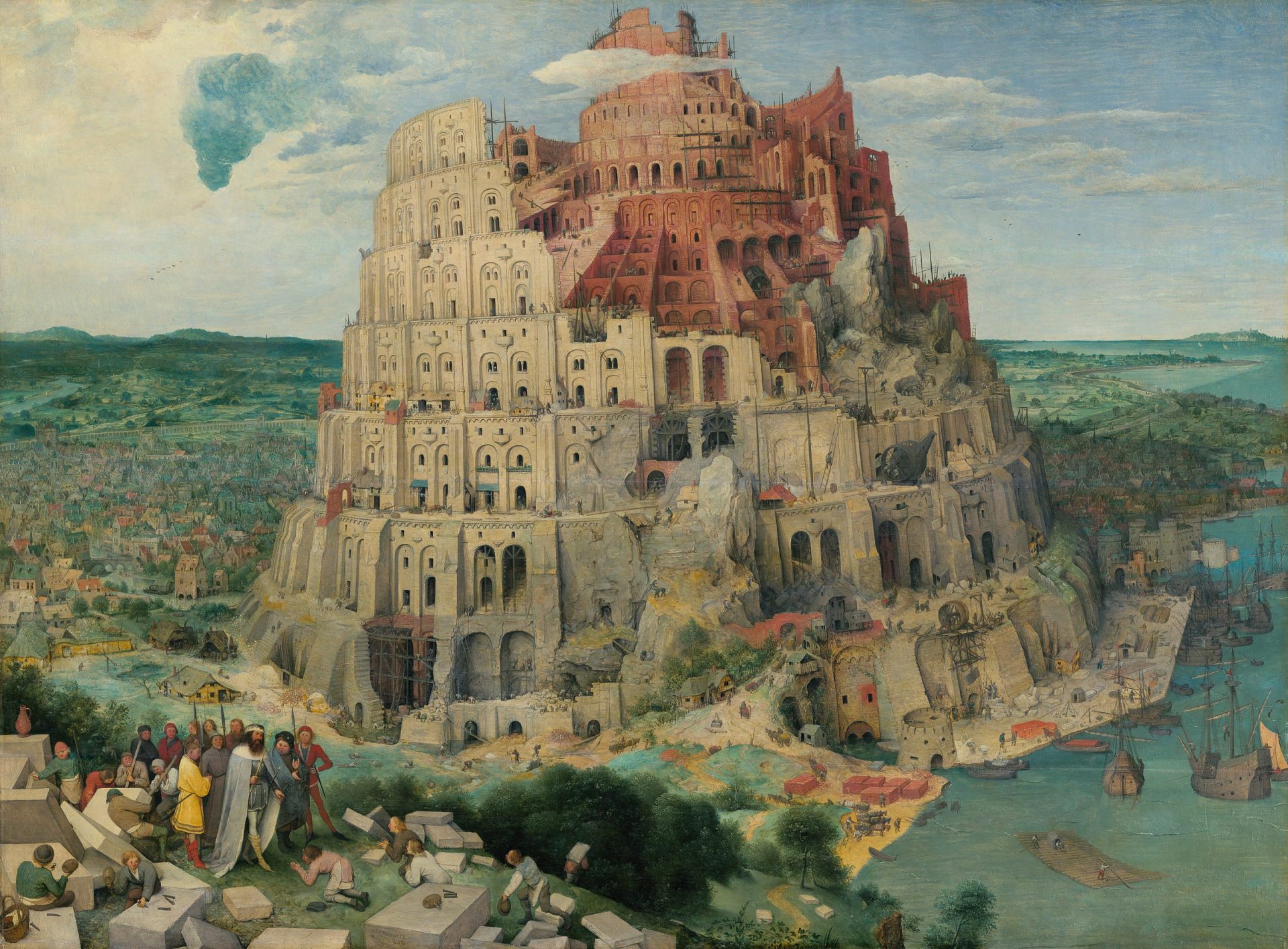Experience Travel Insights
Immersive KHM Masterpieces: Step into the Soul of an Empire
by Long Lin-Maurer • September 24, 2025

Immersive KHM Masterpieces: A Deep Dive into the Habsburg Soul
To stand in the grand octagonal hall of Vienna’s Kunsthistorisches Museum (KHM) is to stand at the nexus of European history. Beneath the magnificent dome, the air is thick not just with the quiet reverence of art lovers, but with the echoes of ambition, power, and a dynasty’s insatiable appetite for beauty and knowledge. The museum, itself a masterpiece of historicist architecture, is far more than a repository of priceless objects; it is the meticulously curated autobiography of the House of Habsburg. For the discerning traveler, a visit here is not a simple walk-through but a deep, immersive dialogue with the minds and the iconic KHM art that shaped Central Europe.
Come and experience travel!
Personally designed, seamlessly delivered – your journey, our expertise!
We are a boutique travel agency and consultancy specializing in Hub & Spoke Tours across Central Europe, the Benelux and the Dolomites.
The building itself sets the stage. Conceived under Emperor Franz Joseph I as a grand finale to the Ringstrasse Vienna project, it faces its identical twin, the Natural History Museum, across the manicured Maria-Theresien-Platz. This deliberate symmetry speaks volumes: art and science, the twin pillars of a modern, enlightened empire. But inside, the story is older, deeper. The collections were not acquired to fill a new museum; the museum was built to finally give a worthy home to centuries of obsessive, strategic, and passionate collecting by emperors and archdukes. To truly experience the KHM is to understand this foundational impulse—to see the collection not as a list of Vienna art museum treasures, but as a worldview made manifest.
The Habsburg Vision: A Collection as a Worldview
Before entering the famous Picture Gallery, one must grasp the concept of the *Kunst- und Wunderkammer* (the Cabinet of Art and Curiosities), the heart of which is preserved in the museum’s Kunstkammer Vienna. This was the Renaissance and Baroque precursor to the modern museum. For rulers like Emperor Rudolf II in Prague, collecting was not a hobby but an intellectual and political pursuit. A *Kunstkammer* was a microcosm of the entire world, an attempt to gather, categorize, and understand all of God’s creation—and by extension, to demonstrate the collector’s own divine right and intellectual command over his domains.
Here, exquisite scientific instruments sat beside fantastical objects carved from rhinoceros horn, ancient cameos next to intricate automata. The collection was a theater of knowledge, designed to inspire awe and project an image of near-omnipotent wisdom. Understanding this context transforms a visit. You begin to see the threads connecting a salt cellar by Cellini, a painting by Arcimboldo, and an Aztec feather headdress—they are all pieces of a grand puzzle, a testament to an era when art, science, and power were inextricably linked within this vast European art collection.
Bruegel’s Universe: A Room of Captivating KHM Artworks
Nowhere is the depth of the Habsburg dynasty collection more powerfully felt than in the Bruegel Room, which houses the largest and most significant assembly of Pieter Bruegel the Elder’s paintings in the world. To step into this space is to be completely enveloped by the artist’s singular vision. It is an experience that cannot be replicated. Standing before significant works in the Kunsthistorisches Museum like *The Hunters in the Snow*, you are not merely observing a landscape; you are feeling the crisp, biting air of a 16th-century winter.
Bruegel’s genius was his profound humanism. While his patrons were aristocrats, his focus was on the unvarnished life of the common person. In *The Peasant Wedding*, you can almost hear the boisterous chatter and the scraping of the fiddle. In *The Tower of Babel*, the epic scale of human ambition is contrasted with the comical, ant-like scuttling of the thousands of tiny figures below. These are not just paintings; they are sociological documents and philosophical treatises on human folly and resilience. This is history not as a series of dates, but as a lived, breathed, and absorbing Vienna museum art experience.
The Drama of Caravaggio and the Grandeur of Rubens
The journey through the KHM is also a journey through the dramatic shifts in European consciousness. This becomes vividly clear in the galleries dedicated to the Italian and Flemish Baroque, featuring masterpieces by Caravaggio and Rubens. Here, the raw, visceral power of Caravaggio’s *David with the Head of Goliath* offers a jolt of psychological intensity. The artist’s revolutionary use of chiaroscuro—the dramatic interplay of light and shadow—is not just a stylistic choice; it is a tool for laying bare the human soul. David’s expression is not one of triumph, but of pity and sorrow, a complex emotional landscape that pulls you directly into the scene’s moral gravity.
Come and experience travel!
We design bespoke travel experiences with a perfect balance of cultural depth, efficiency and comfort.
Specializing in seamless hub-and-spoke journeys, we create well-paced, immersive itineraries tailored to your interests.
Contrast this with the explosive energy and opulent confidence of Peter Paul Rubens. His canvases, like the monumental *The Four Continents*, are a celebration of the dynamic, triumphant spirit of the Counter-Reformation and the splendor of the Habsburg courts. Seeing these two masters, central figures in Viennese art history studies, in such proximity allows for a richer understanding of the era’s competing impulses: the intense, personal introspection of Caravaggio versus the public, political, and religious pageantry of Rubens.
The Velázquez Portraits: An Intimate Gaze into a Royal Court
The Spanish Habsburg connection provides another of the museum’s most profound experiences. The portraits by Diego Velázquez of the Spanish royal family, particularly of the young Infanta Margarita Teresa, are among the most poignant in the history of art. These were not just official portraits; they were personal and political documents, sent to Vienna to acquaint the young princess’s future husband and in-laws—the Viennese Habsburgs—with her appearance as she grew.
To look into the eyes of the young Infanta, rendered with Velázquez’s astonishingly modern and sensitive brushstrokes, is to feel an intimate connection across centuries. You see the weight of her destiny in her solemn gaze, the loneliness of a child at the center of immense dynastic machinations. These paintings transcend mere representation; they are a quiet and moving encounter with the human cost of power, a story told through engaging Kunsthistorisches Museum art.
The Museum as a Living Dialogue
A truly immersive visit to the Kunsthistorisches Museum is not about checking artistic gems of the KHM off a list. It is about understanding the connections between them, unraveling the stories they tell, and recognizing the grand, overarching narrative of the dynasty that brought them all together. It is about appreciating the exquisite craftsmanship of Cellini’s Saliera, Benvenuto Cellini’s golden salt cellar, not just as a beautiful object, but as the pinnacle of Renaissance artistry and a symbol of the collector’s supreme taste.
The KHM invites you to slow down, to look closely, and to engage in a dialogue with the past. It asks you to consider how a portrait shaped a political marriage, how a landscape reflected a changing relationship with nature, and how a collection of exotic wonders could represent an entire worldview. This is where history ceases to be an abstract concept and becomes a vibrant, compelling, and deeply personal story—the essence of a profound KHM art experience.
Exploring Immersive Masterpieces at the Kunsthistorisches Museum Vienna
- KHM Open Content InitiativeDiscover the Kunsthistorisches Museum’s commitment to digital accessibility, providing high-resolution images of masterpieces for scholarly and creative use, a foundational step for immersive experiences.
- Immersive Technologies in Cultural Heritage: A Literature ReviewAn academic overview from the journal “Arts” discussing the landscape of immersive technologies in cultural heritage, providing a broader context for KHM’s digital efforts.
- “KHM opens its collections for digital use” (Der Standard)A reputable Austrian newspaper’s report on the Kunsthistorisches Museum’s strategy to make its valuable collections digitally accessible, paving the way for virtual and immersive engagement.
- How Covid Has Changed the Digital Museum Experience for GoodAn analysis from The Art Newspaper on the accelerated shift towards digital and immersive experiences in museums globally, reflecting trends also influencing institutions like the KHM.
- Digitalisation in the Cultural Sector (Austrian Federal Ministry)The official stance of the Austrian Federal Ministry for Arts, Culture, Civil Service and Sport on supporting and fostering digital transformation within the nation’s cultural institutions, including the KHM.
- ICOM and the Digital Transformation of MuseumsInsights from the International Council of Museums on the global imperative for museums to embrace digital tools and strategies, including immersive technologies, for future relevance and accessibility.
- Pieter Bruegel the Elder: The Tower of Babel (KHM)Explore the KHM’s detailed online presentation of one of its most iconic masterpieces, illustrating the high-quality digital reproduction that forms the basis for advanced immersive experiences.
- KHM Education and LearningLearn about the Kunsthistorisches Museum’s educational offerings, which increasingly incorporate digital and interactive elements to engage diverse audiences with its collection’s narratives.
- KHM Conservation ResearchDiscover how the KHM’s conservation department utilizes cutting-edge digital imaging and documentation techniques to preserve and analyze masterpieces, a critical step before creating accurate immersive reproductions.
- Immersive Exhibitions Aren’t Just Digital Reproductions — They’re New Works of ArtA thought-provoking critical perspective from Hyperallergic on how immersive digital exhibitions, even when based on historical masterpieces like those at KHM, create unique artistic experiences in their own right.
